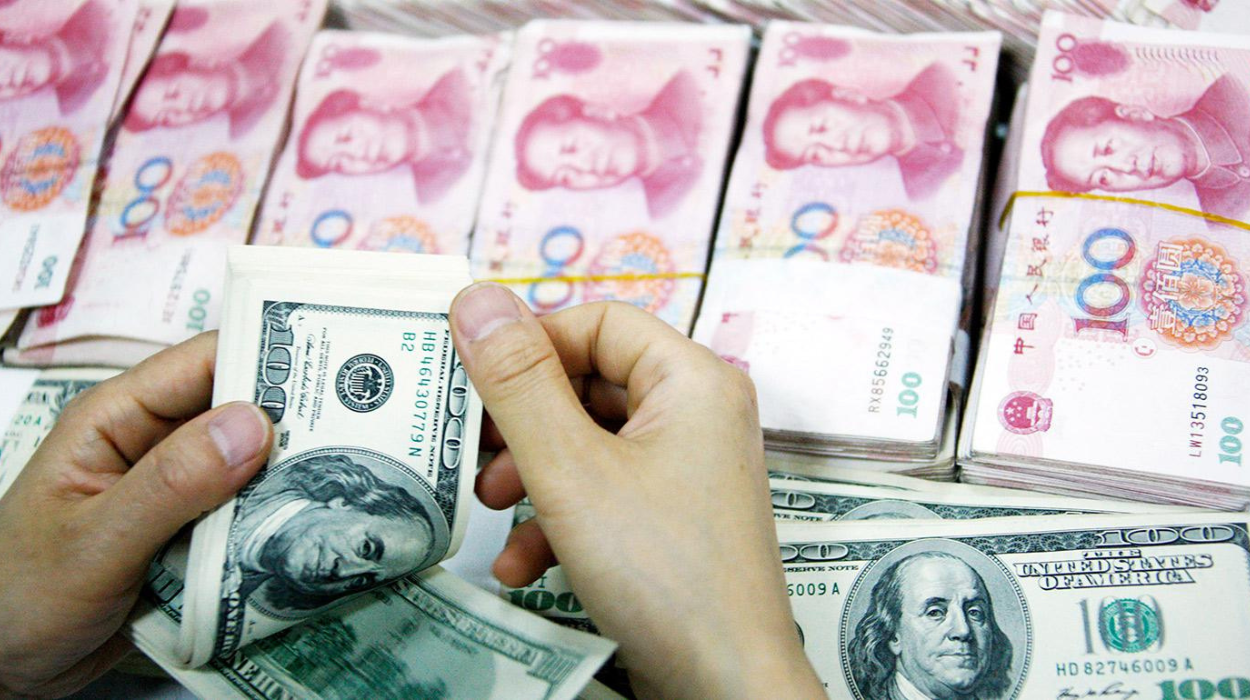Washington, D.C. (Transatlantic Today)— The ascent of the BRICS states marks a pivotal shift in the global financial landscape, characterized by concerted efforts to diminish reliance on the US dollar. Spearheaded by the BRICS nations, the dedollarization initiative aims to dismantle the hegemony of the US dollar in international trade. According to the Bank for International Settlements, approximately 90% of global transactions and 50% of global trade are dollar-denominated, underscoring its prevailing dominance.
The dedollarization strategy pursued by the BRICS bloc, encompassing over 40% of the world’s population and a quarter of global GDP, poses a substantial threat to the demand for the US dollar. This transition could potentially impair the United States‘ capacity to sustain its debt through conventional economic channels, potentially leading to heightened interest rates on US bonds and exacerbating the nation’s already precarious debt burden. Consequently, the BRICS nations’ endeavor to mitigate their exposure to the dollar prompts a reevaluation of US debt financing strategies.
Assessing the Viability of BRICS Dedollarization
According to Fxstreet, Despite the burgeoning momentum behind BRICS’ dedollarization endeavors, analysts posit that achieving a complete displacement of the US dollar is improbable. The universal appeal and liquidity of the dollar present formidable barriers to its replacement as the preeminent reserve currency. Moreover, the currencies of BRICS member states lack the widespread acceptance and liquidity requisite for seamless trade transactions, necessitating substantial reserves to facilitate commerce.
BRICS Trade Balances and their Ramifications on American Debt
China, a pivotal BRICS constituent, maintains a considerable trade surplus with the United States, contributing to the US trade deficit and indirectly augmenting the national debt. Similarly, Brazil and India, integral members of the BRICS cohort, wield significant influence in US trade, with alterations in their trade policies or economic conditions exerting direct ramifications on the US trade deficit. As BRICS nations assert greater economic and commercial prowess, the United States confronts a persistent escalation in external indebtedness, underscoring the imperative for structural reforms to alleviate strain on the American economy.
Implications of De-Dollarization on FX Markets
Should BRICS effectively supplant the US dollar, the reverberations across foreign exchange markets would be profound. Analysts contend that such dedollarization could precipitate a substantial depreciation of the USD. Mike Maherrey of Money Metals Exchange elucidates that the US relies on global demand to underpin its borrowing and expenditure patterns, thus a divergence from the dollar could inundate the market with surplus dollars. This influx could potentially trigger a depreciation of the US currency, engendering inflationary pressures and even hyperinflation, thereby impinging on Americans’ purchasing power.


























